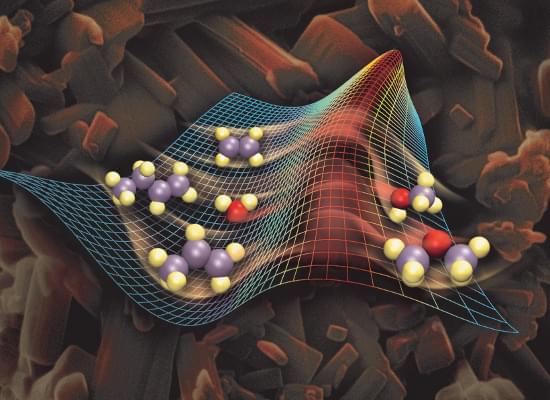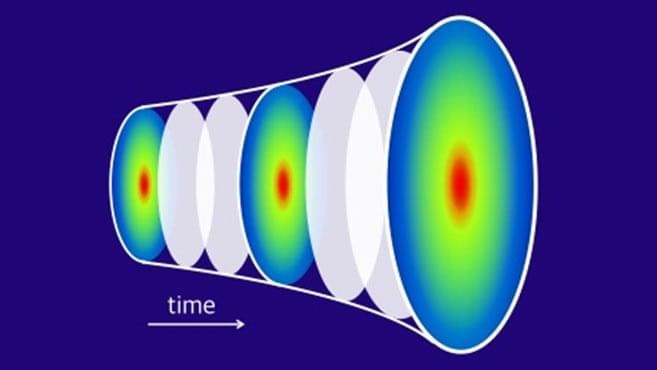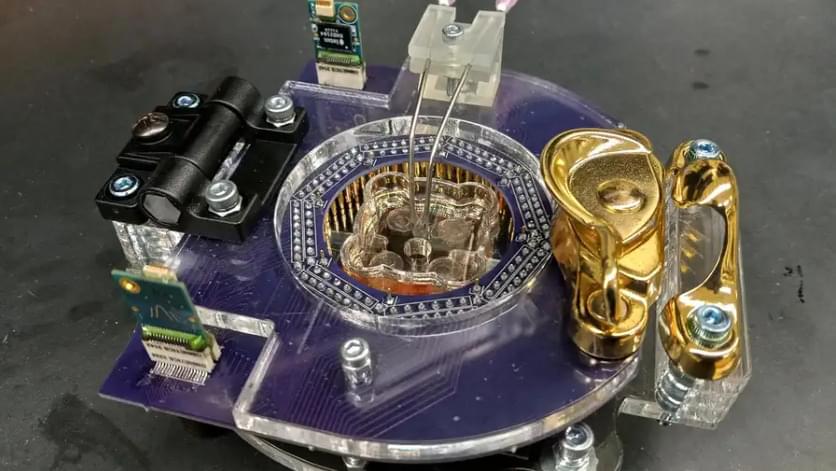“As more people start to use Bard and test its capabilities, they’ll surprise us. Things will go wrong,” Pichai wrote in an internal email to employees Tuesday viewed by CNBC. “But the user feedback is critical to improving the product and the underlying technology.”
The message to employees comes as Google launched Bard as “an experiment” Tuesday morning, after months of anticipation. The product, which is built on Google’s LaMDA, or Language Model for Dialogue Applications, can offer chatty responses to complicated or open-ended questions, such as “give me ideas on how to introduce my daughter to fly fishing.”
Alphabet shares were up almost 4% in mid-day trading following the announcement.







